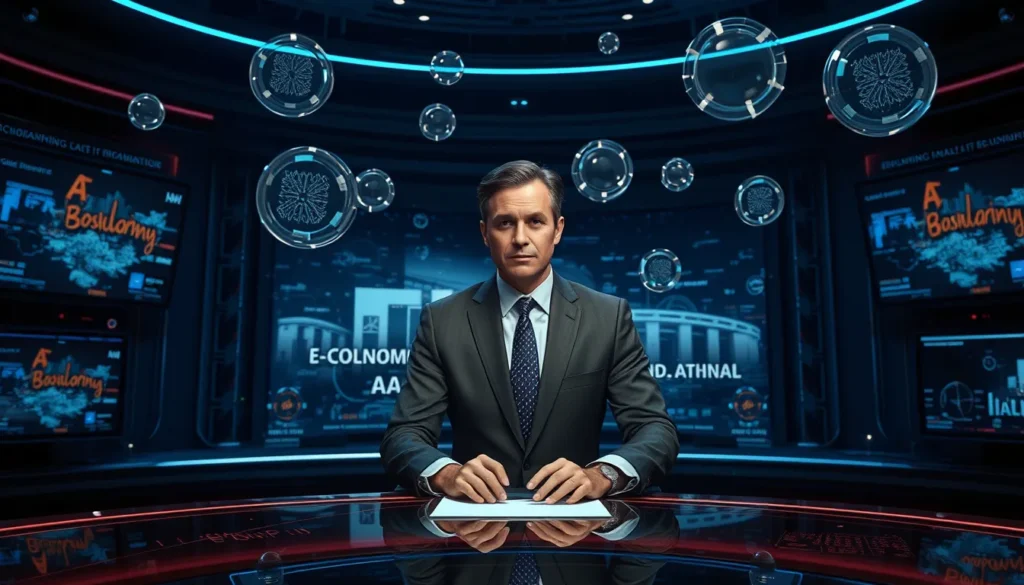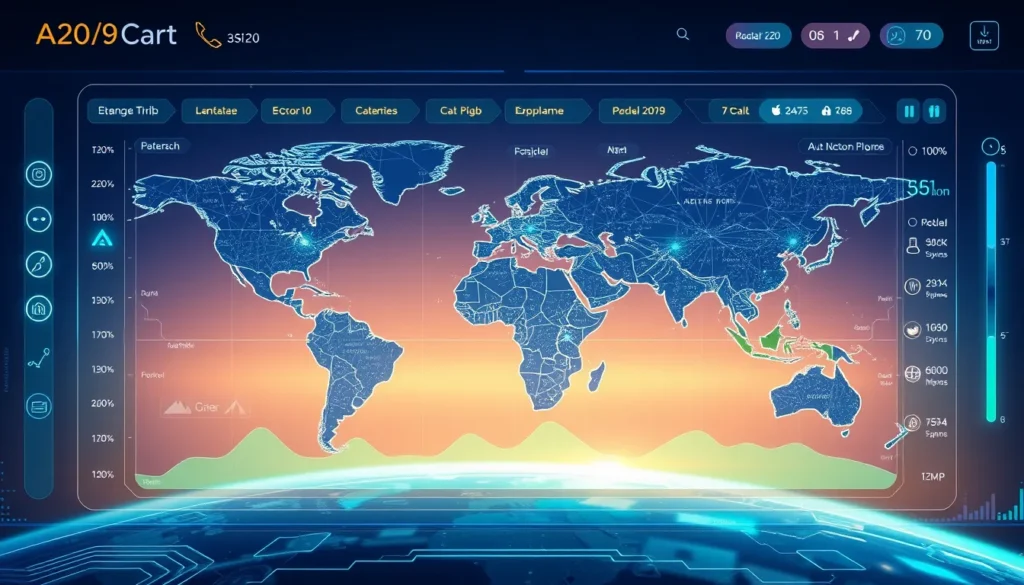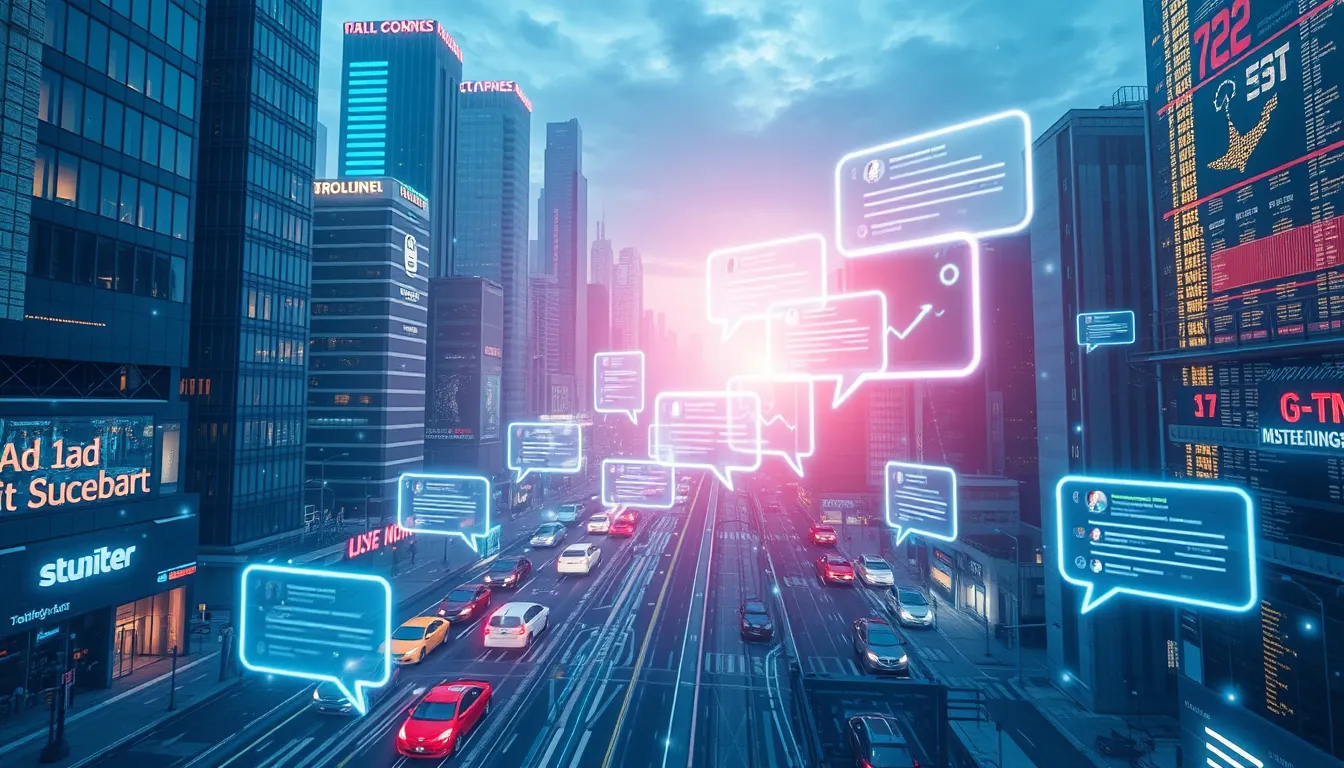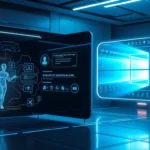Now Reading: Microsoft Copilot AI Faces: Humanizing Digital Interactions
-
01
Microsoft Copilot AI Faces: Humanizing Digital Interactions
Microsoft Copilot AI Faces: Humanizing Digital Interactions
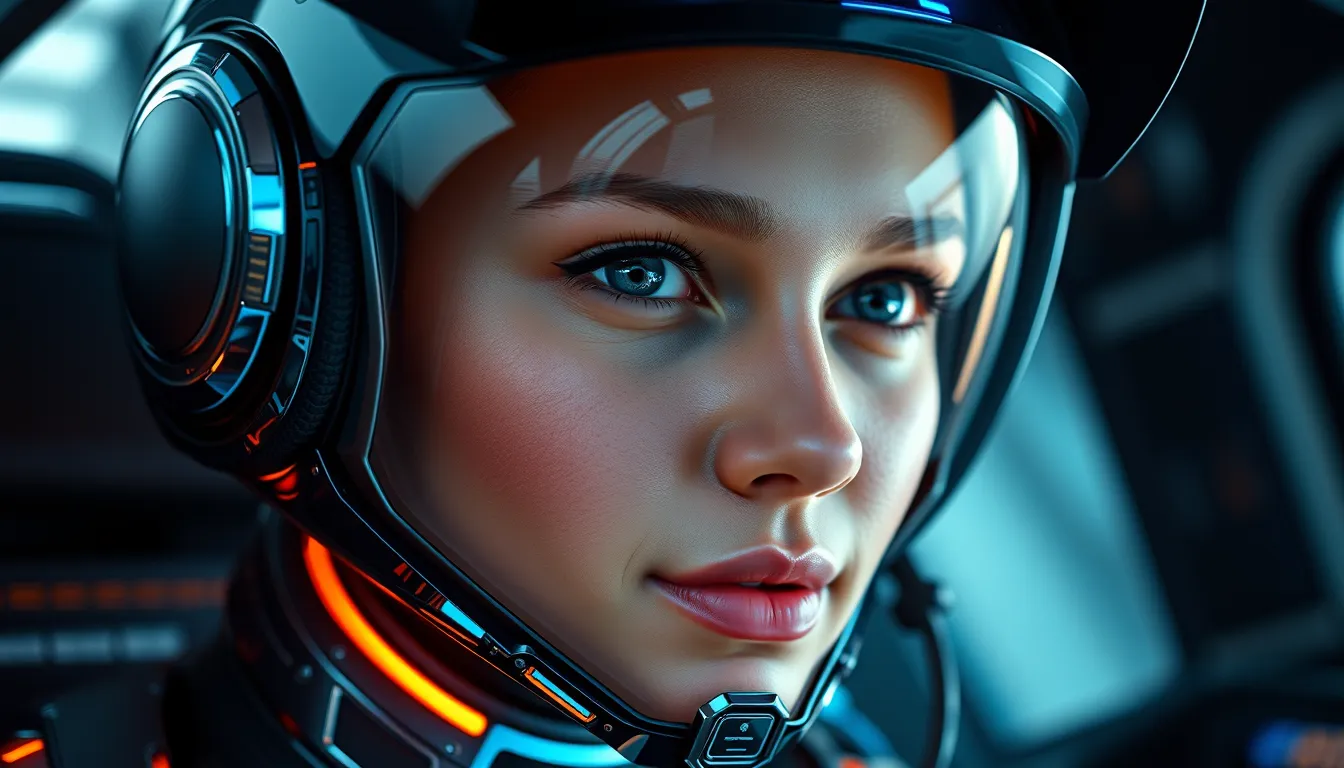
Microsoft Copilot AI Faces: Humanizing Digital Interactions
Microsoft is pioneering a new frontier in digital communication by introducing lifelike AI avatars for its Copilot. This innovative approach not only makes digital assistance more personable but also enhances user engagement by blending advanced AI technology with human-like facial expressions. The initiative, which falls under Microsoft Copilot Labs, aims at redefining digital interaction and creating a seamless bridge between automated tools and human emotion.
Innovating with Lifelike AI Avatars
Microsoft’s groundbreaking experiment focuses on integrating realistic digital faces into its AI systems. By incorporating advanced algorithms and state-of-the-art graphic design, these lifelike AI avatars are set to transform the way users interact with digital tools. The primary goal is to provide a more engaging and intuitive experience that moves away from the traditional text-based interfaces. Instead, users are greeted by an AI that displays subtle, dynamic expressions mimicking human emotions.
Key Features:
- Realistic facial animations
- Dynamic adjustment based on conversation tone
- Enhanced visual appeal integrated into Microsoft productivity tools
The emphasis is not only on the graphical fidelity of the avatars but also on their ability to respond empathetically. This development underlines a major shift in how digital assistants operate, ensuring that every interaction is both efficient and emotionally resonant.
Enhancing User Engagement Through Dynamic Facial Expressions AI
A standout element of this initiative is the focus on dynamic facial expressions AI. By leveraging this technology, Microsoft Copilot is designed to change its facial expressions in real time. Whether signaling empathy or enthusiasm, these changing expressions serve as non-verbal cues that enhance communication and foster greater user trust. For instance, when a user discusses a complex project or moments of frustration, the AI can subtly mirror these emotions, thereby reducing the barrier between human and machine interactions.
Dynamic facial expressions AI not only capture the user’s emotion but also make the overall interaction feel more natural. Users have reported that initiating conversations with a visually responsive digital assistant contributes to a greater sense of comfort and reliability.
Integration with Microsoft Productivity Tools
The implementation of Microsoft Copilot AI faces is a strategic move to improve digital interaction across Microsoft’s ecosystem. The lifelike avatars are seamlessly integrated with tools such as Office 365 and Microsoft Teams. This integration ensures that whether you’re scheduling meetings, editing documents, or managing projects, your digital assistant is not just another tool—it is a trusted partner.
To learn more about Microsoft’s suite of productivity tools, visit the official Microsoft website at Microsoft.
Moreover, reputable tech news sources like The Verge have provided detailed analyses on how these innovations are set to reshape digital engagement. By aligning aesthetics with functionality, Microsoft is ensuring that innovation translates into tangible benefits, such as increased efficiency and improved overall productivity.
Addressing Challenges and Future Implications
While the move towards humanized digital assistance is inspiring, it does come with its own set of challenges. Critics point out that blending AI with human-like features may lead to unrealistic expectations about the capabilities of these systems. There is also an ongoing debate about data privacy and security, with many users concerned that personal data could be compromised in the process of creating more engaging, personalized interactions.
Microsoft has been proactive in addressing these concerns. The company emphasizes that behind every lifelike avatar lies a robust system of security measures designed to protect user data. This balance between aesthetic innovation and stringent security protocols is crucial to ensuring the technology remains both attractive and responsibly deployed.
The Road Ahead: A Future of Humanized Digital Assistance
Looking forward, the integration of lifelike digital faces in AI systems is poised to set new standards in human-computer interaction. Microsoft’s experiment signals a trend where digital assistants evolve from static tools to dynamic, emotionally aware partners. These advancements not only improve user engagement but also pave the way for more intuitive and personalized interactions across digital platforms.
In summary, the introduction of Microsoft Copilot AI faces represents a significant milestone in the evolution of digital assistants. By incorporating dynamic facial expressions AI and lifelike avatars, Microsoft is revolutionizing digital communication, making interactions more human and relatable. With continuous feedback from early user testing and robust enhancements driven by Microsoft Copilot Labs, the future holds exciting possibilities for digital assistants to become even more integral to both professional and personal digital environments.
Conclusion
As this innovative technology matures, Microsoft’s commitment to blending art and advanced technology will likely spark further advancements in digital humanization. With its focus on enhancing user trust and engagement, the project not only redefines what AI can achieve but also sets a benchmark for the next generation of digital assistants. The future of technology is here, and it is more human than ever before.



